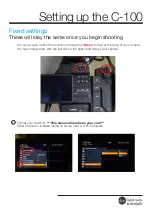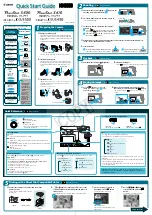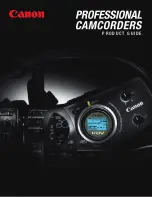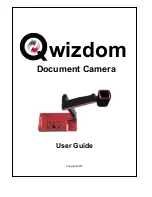
Before Use
5
n
About the Lens
• Do not press the lens or the lens barrel
with excessive force.
• Do not leave the camera with the lens
facing the sun as it may cause the camera
to malfunction. Also, be careful when you
leave the camera outside or near a
window.
• When there is dirt (water, oil, and
fingerprints, etc.) on the surface of the
lens, the picture may be affected. Lightly
wipe the surface of the lens with a soft,
dry cloth before and after taking pictures.
n
About Condensation (When the lens
is fogged up)
• Condensation occurs when the ambient
temperature or humidity changes as
described below. Be careful of
condensation since it causes lens stains,
fungus and camera malfunction.
–When the camera is taken from the cold
outdoors to the warm indoors
–When the camera is taken from outside
to inside an air-conditioned car
–When cool wind from an air conditioner
etc. blows directly on the camera
–In humid places
• To prevent condensation, put the camera
in a plastic bag until the temperature of
the camera is close to the ambient
temperature. If condensation occurs, turn
the camera off and leave it for about 2
hours. The fog will disappear naturally
when the temperature of the camera
becomes close to the ambient
temperature.
n
When not using the camera for a long
period of time
• Store the battery in a cool and dry place
with a relatively stable temperature.
[Recommended temperature: 15°C to
25°C (59°F to 77°F), Recommended
humidity: 40% to 60%]
• Always remove the battery and the card
from the camera.
• If the battery is left inserted in the camera
it will discharge even if the camera is
turned off. If the battery continues to be
left in the camera, it will discharge
excessively and may become unusable
even if charged.
• When storing the battery for a long period
of time, we recommend charging it once a
year. Remove the battery from the
camera and store it again after it has
completely discharged.
• We recommend storing the camera with a
desiccant (silica gel) when you keep it in a
closet or a cabinet.
n
About the LCD monitor
• Do not press the LCD monitor with
excessive force. Uneven colors may
appear on the LCD monitor and it may
malfunction.
• Condensation may form on the LCD
monitor in places with large temperature
differences. Wipe the condensation with a
soft, dry cloth.
• If the camera is cold when you turn it on,
the picture on the LCD monitor will be
slightly darker than usual at first.
However, the picture will return to normal
brightness when the internal temperature
of the camera increases.
Extremely high precision technology
is employed to produce the LCD
monitor screen. However there may
be some dark or bright spots (red,
blue or green) on the screen. This is
not a malfunction. The LCD monitor
screen has more than 99.99%
effective pixels with a mere 0.01% of
the pixels inactive or always lit.
The spots will not be recorded in
pictures stored in the built-in memory
or a card.
Содержание D-Lux 3
Страница 1: ...LEICA D LUX 3 Instructions ...






































